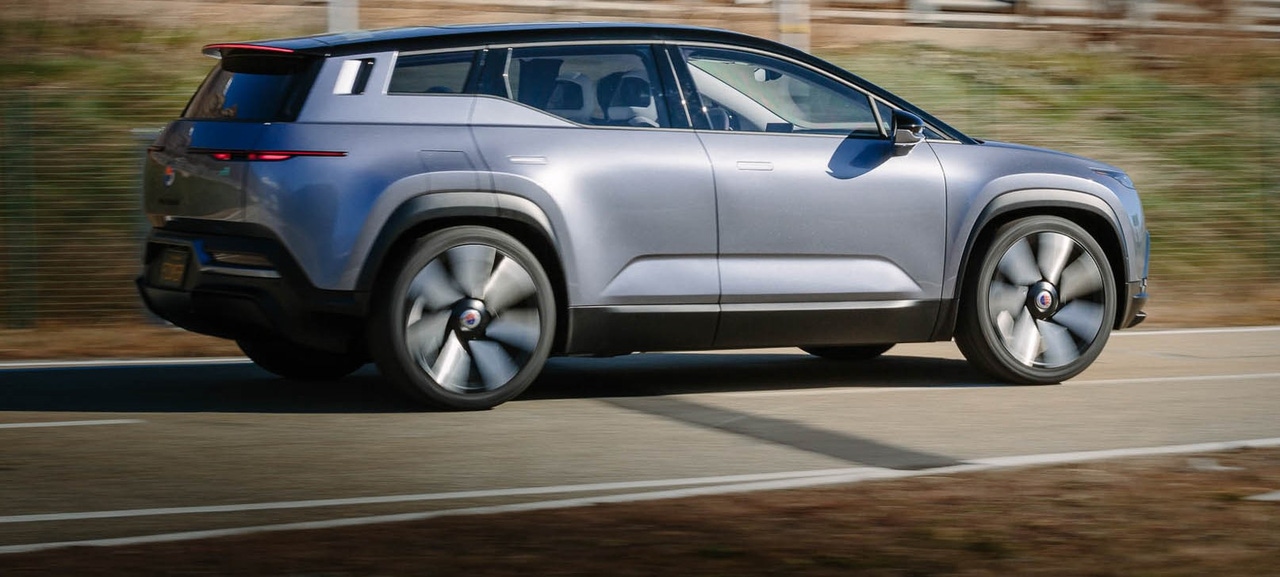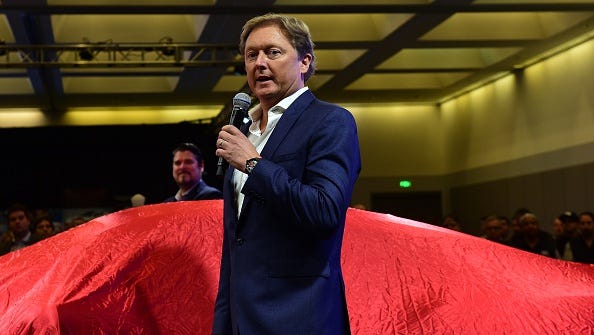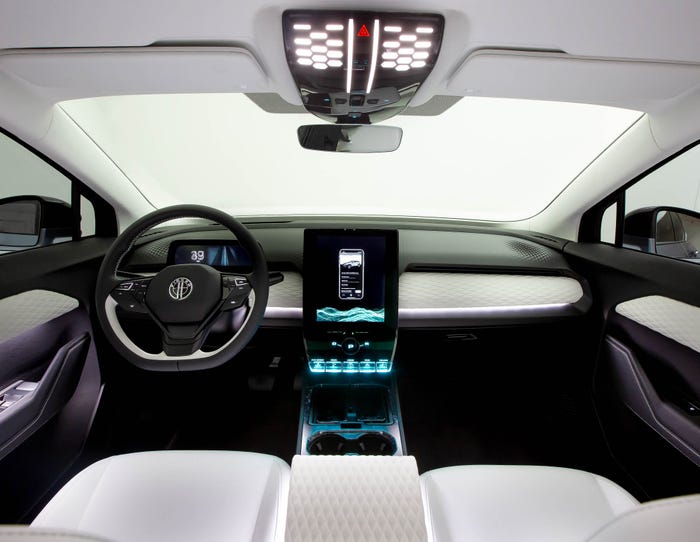Fisker Takes Different Path to Compete With Tesla
While Tesla is vertically integrated, Henrik Fisker is outsourcing almost everything. This is going to save him an enormous amount of time and money. Suppliers are going to do everything for him, including final assembly.

Every EV startup dreams of becoming the next Tesla. But so far all they’re trying to do is copy what Tesla does and beat it at its own game. So far none of them have made a dent. That’s why Henrik Fisker’s latest EV venture is so interesting. He’s taking a completely different approach than everyone else.
As Elon Musk ramped up Tesla, he took a page out of Henry Ford’s book: Make everything in-house. A century ago Henry built the Rouge plant with vertical integration as the centerpiece of his strategy, with raw materials going in one end and finished cars coming out the other.

Industry-Voices-bug_5.jpg
Controlling all aspects of production gave Ford enormous advantages. First, he wouldn’t have to buy materials and parts from suppliers, which means he could get rid of the profit margin they would have charged. Remember, this was at a time when Ford had half the global market share for automobiles and had greater economy of scale than any supplier. He could make components cheaper than they could.Second, Henry had complete control of the design of his cars. He could design components from scratch instead of having to compromise his design to fit someone else’s components.
Third, a lot of knowledge comes from making things yourself. You learn how to improve the product and the process. This was a key determinant in Ford being the first to develop a low-cost V-8. For its day, it was a masterpiece of casting technology.
And finally, it’s a lot easier to keep future products a secret when everything is done in-house. Anytime you bring a supplier into the development of a new car there’s a chance of that info leaking to your competitors. Some people are just blabbermouths.
No doubt these are the kinds of advantages that Musk saw in making Tesla vertically integrated. Tesla’s sparkling gross profit margins would seem to validate the strategy. But there are downsides to vertical integration, and we’ll get to that in a moment.
Fisker, meanwhile, is taking his EV startup in a different direction. He’s outsourcing almost everything. This is going to save him an enormous amount of time and money because he doesn’t have to buy any manufacturing equipment or build any factories. Suppliers are going to do everything for him, including final assembly.
All Fisker has to do is set the specs, do the design and control the customer experience. Everything else can be outsourced.
Unlike in Henry Ford’s day, today’s Tier 1 suppliers are giant multinational corporations. They sell to automakers all around the world and have enormous economies of scale. Depending on the commodity you’re talking about, it’s almost impossible for a car company to achieve greater scale than a supplier.
Moreover, because they’re so focused on their product lines, suppliers know more about their technology than the OEMs do. They pour more R&D into their technology and stay on the leading edge. And because they sell to many different car companies, they get to see everything that’s going on in the industry and can roll that knowledge back into their products.

gettyimages-Henrik Fisker 2014_0
No doubt all this is why Fisker (pictured, left, at Galpin Rocket unveiling in 2014) decided to outsource so much work. He’s in negotiations with Volkswagen to use its MEB electric-car platform, and he’s talking to Magna to make its cars at the supplier’s assembly plant in Austria.Who knows? Magna also has an assembly plant in China, part of a joint venture with BAIC. And if the EV made at that plant (the Arc Fox) doesn’t sell very well, perhaps Magna and BAIC wouldn’t mind adding a Fisker Ocean EV to roll down the line.
Toyota and Volkswagen are the most vertically integrated of the traditional automakers, but they’re not as vertically integrated as Tesla. That’s because there are drawbacks to making so much in-house. For one thing, it’s very capital-intensive. And unless you’ve got the capital to continuously invest in new components, it can handcuff you to the technology you’ve already invested in.
That’s why most automakers have adopted a mix of both strategies. They keep certain things such as powertrain production and final assembly in-house but rely on suppliers for just about everything else.
Who knows if Fisker will survive? He failed with his first startup. But no doubt he learned some important lessons that he’s putting to good work this time around.
I like his strategy. All the other EV startups are just trying to copy Tesla, but in this business nobody copycats themselves into first place. To survive and thrive in the automotive industry you need to do something different. And Henrik Fisker definitely is doing something different.

02_Fisker_Studio-1945-Edit.jpg
About the Author
You May Also Like

